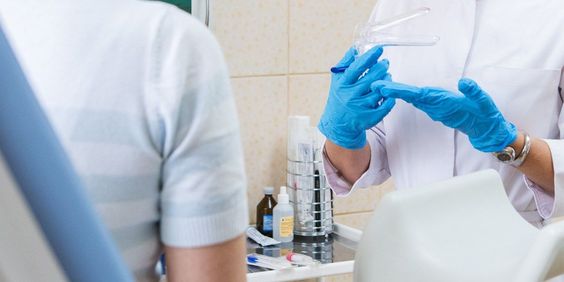Hypergranulation tissue on wounds refers to the excessive growth of granulation tissue during wound healing. In this condition, the granulation tissue tends to be larger and thicker than normal and may become overly proliferative, compromising wound healing. Therefore, for hyper granulation tissue on wounds, treatment is required to promote wound healing.
Causes of wound hyper granulation tissue :
Hypergranulation tissue on wounds is usually caused by the overgrowth of granulation tissue during wound healing. This may be due to infection, trauma, tumors, etc., or it may be related to factors such as the patient's age, sex, and immune system status.
Treatment of wound hyper granulation tissue :
Before treating the hyper granulation tissue on the wound, the wound needs to be irrigated and disinfected first. This helps remove dirt and bacteria from the surface of the wound, reducing the risk of infection. At the same time, antiseptic solutions can be used to disinfect the wound to further reduce the risk of infection.
How does excess granulation tissue impede healing?
Granulation tissue fills the wound: Granulation tissue is composed of new epithelial cells and a large number of collagen fibers. During wound healing, granulation tissue fills the wound, which can lead to an uneven wound surface that can interfere with healing.
Granulation tissue can lead to infection: The granulation tissue contains large numbers of immune cells and bacteria, which can lead to wound infection. Infection may lead to an overgrowth of granulation tissue that hinders wound healing.
Granulation tissue may compress the wound: Excessive granulation tissue may compress the tissue surrounding the wound, causing poor blood circulation, which can affect wound healing.
Granulation Tissue May Block the Wound: Granulation tissue may block the pores and ducts on the wound surface, making the wound surface unable to breathe and absorb nutrients, thereby hindering wound healing.
Therefore, if excessive granulation tissue appears on the wound, it needs to be treated in time to avoid hindering wound healing. Treatment methods include surgical resection, radiotherapy, and traditional Chinese medicine. At the same time, it is necessary to determine the cause of granulation tissue before treatment in order to choose the most appropriate treatment method.
Surgical resection :
Surgical excision is the most common method for treating hyper granulation tissue on wounds. Surgical resection can effectively remove granulation tissue and promote wound healing. Before surgical removal, antibiotics or antifungal drugs may be given to reduce the risk of infection.
radiation therapy :
Radiation therapy is also a method of treating hyper granulation tissue in wounds. Radiation therapy can promote wound healing by reducing the inflammatory response and overgrowth of granulation tissue by killing cells in the granulation tissue. Radiation therapy has fewer side effects than surgical resection but requires higher treatment costs.
Chinese medicine treatment :
Traditional Chinese medicine treatment is also an effective method for treating hyper granulation tissue on wounds. Traditional Chinese medicine can improve the environment around the wound and promote wound healing by regulating qi and blood, reducing phlegm and dampness. At the same time, Chinese medicine treatment can also reduce side effects and pain after surgery, and improve the quality of life of patients.
in conclusion
Hypergranulation tissue on wounds is a common wound-healing disorder that may lead to overgrowth of granulation tissue, thereby affecting wound healing. At present, surgical resection, radiotherapy, traditional Chinese medicine, and other methods can effectively treat hyper granulation tissue on the wound, but the specific treatment method needs to be selected according to the actual situation of the patient.
For more information on Innomed® Silicone Foam Dressing, refer to the previous articles. If you have customized needs, you are welcome to contact us; we will serve you wholeheartedly. At Longterm Medical, we transform this data by innovating and developing products that make life easier for those who need loving care.
Editor: kiki Jia
Date: May 15, 2023

 English
English عربى
عربى Español
Español русский
русский 中文简体
中文简体








